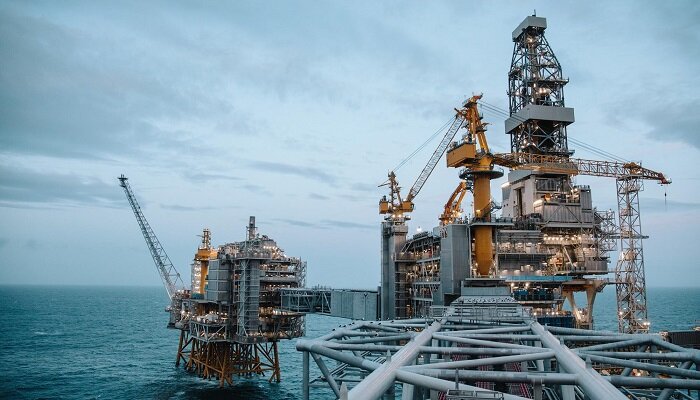The oil and gas sector aims to reduce emissions by 60% by 2030, requiring an upfront investment of £600bn. This amount is only 15% of the sector’s windfall income from the energy crisis in 2022. By implementing small price increases and savings, the industry can quickly recover the invested funds.
The International Energy Agency (IEA) not only provides a roadmap to limit global temperature rise to 1.5°C but also ensures universal access to modern energy by 2030. The decline in oil and gas demand will be steep enough to avoid developing new fields. Key actions include eliminating non-emergency flaring, reducing methane emissions, adopting carbon capture and storage (CCUS), electrifying facilities, and increasing the use of low-emissions hydrogen. Offsets are not necessary, but company commitments to these measures are currently insufficient, with most planning to rely on offsets to reach their targets.
Currently, oil and gas operations account for 15% of global energy-related emissions (5.1 billion tonnes of greenhouse gases). The IEA’s Net Zero Emissions by 2050 Scenario aims to reduce emissions intensity by 50% by the end of the decade, resulting in a 60% reduction in oil and gas emissions by 2030.
Fortunately, the oil and gas industry can address emissions through cost-effective measures such as methane reduction, eliminating non-emergency flaring, electrification, carbon capture, and expanding low-emissions hydrogen use. To achieve a 50% reduction in emissions intensity by 2030, an investment of $600bn is necessary. This represents a fraction of the industry’s windfall income in 2022.
Implementing these measures not only reduces emissions but also leads to additional income streams through the avoidance of gas waste. The upfront spending can be quickly recouped. The incremental cost of oil and gas production would be under $2 per barrel.
However, current commitments from companies are inadequate, with most lagging behind the pace set by the IEA’s scenario and relying on offsets. Forward-thinking companies must move faster than the average reduction rate and encourage others to join their efforts. To gain public confidence, a consistent approach to monitoring, reporting, and verifying emissions is crucial, based on accurate and transparent data.



















































